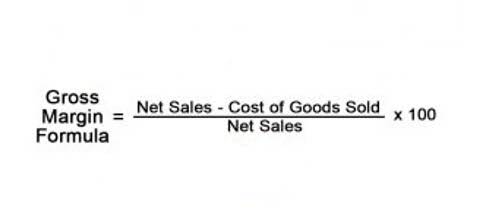
Long-term investors are interested in whether the companies they buy stocks in will remain solvent for the long term, which is exactly the kind of question that solvency ratios can answer. Of course, these ratios can’t foresee unpredictable changes in the economic environment, but if the course remains steady, they are reliable measures. The shareholders’ equity on a company’s balance sheet can be a quick way to check a company’s solvency and financial health. Solvency, on the other hand, is a firm’s ability to pay long-term obligations.

For a period of time this firm might have significantly more debt than assets, but as long as sales and growth remain strong it would also be misleading to consider the firm insolvent. By measuring solvency in both of the ways described above, you can get a better picture of the company’s overall health. A company or individual could run into liquidity issues if the assets cannot be readily converted to cash.
Solvency ratios vs. liquidity ratios
Overall, a higher level of assets, or of profitability compared to debt, is a good thing. Equity refers to shareholders’ equity, or book value, which can be found on the balance sheet. Book value is a historical figure that would ideally be written up (or down) to its fair market value. But using what the company reports presents a quick and readily available figure to use for measurement. Solvency stresses on whether assets of the company are greater than its liabilities.
A higher number is better since it means a company can cover its current liabilities more times. An increasing operating cash flow ratio is a sign of financial health, while those companies with declining ratios may have liquidity issues in the short-term. The current ratio measures a company’s ability to meet its short-term debt obligations.
What is Solvency?
Both of these categories of financial ratios will indicate the health of a company. The main difference is that solvency ratios offer a longer-term outlook on a company whereas liquidity ratios focus on the shorter term. The debt-to-assets ratio measures a company’s total debt to its total assets. It measures a company’s leverage and indicates how much of the company is funded by debt versus assets, and therefore, its ability to pay off its debt with its available assets. A higher ratio, especially above 1.0, indicates that a company is significantly funded by debt and may have difficulty meetings its obligations. It measures this cash flow capacity versus all liabilities, rather than only short-term debt.
The best example of such a far-reaching liquidity catastrophe in recent memory is the global credit crunch of 2007–09. Commercial paper—short-term debt that is issued by large companies to finance current assets and pay off current liabilities—played a central role in this financial crisis. Liquidity ratios provide insight into a company’s short-term financial obligations, while solvency ratios provide a more comprehensive view of solvency vs liquidity a company’s overall financial stability. If the firm has enough cash and cash-like assets to pay its bills over the next 12 months, it is liquid. In accounting, liquidity (or accounting liquidity) is a measure of the ability of a debtor to pay their debts as and when they fall due. Overall, from a solvency perspective, MetLife should easily be able to fund its long-term term debts as well as the interest payments on its debt.